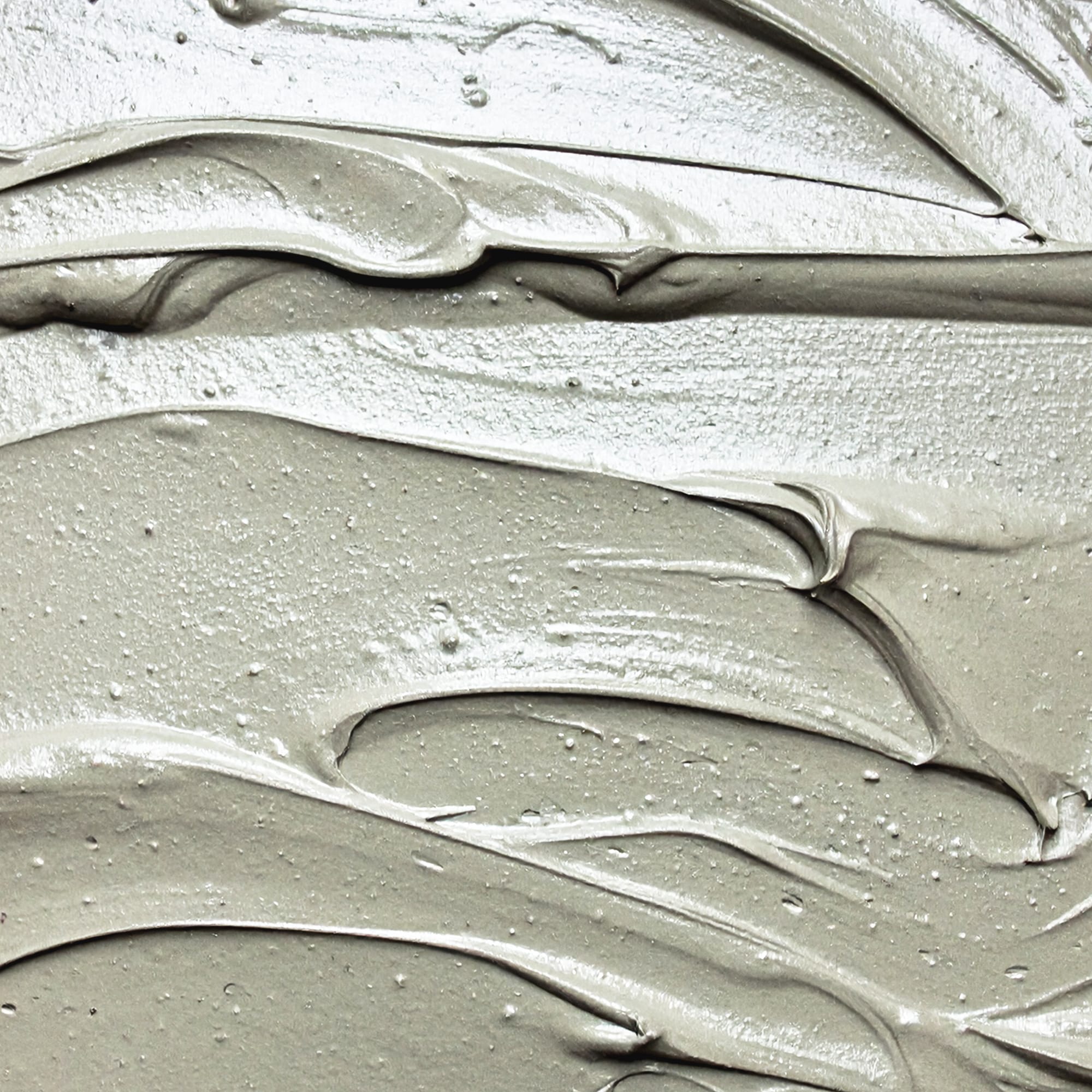Mortar Mix
People
Mortar Mix: The Essential Bond in Construction Mortar mix is a fundamental material in the construction world, serving as the glue that holds bricks, stones, and blocks together to form solid, durable walls and structures.

It plays a crucial role in the stability and strength of buildings, bridges, and other masonry work, making it indispensable in both residential and commercial construction.
At its core, mortar is a mixture of cement, sand, and water, sometimes combined with lime or other additives to improve workability and durability. When mixed properly, it forms a thick paste that hardens over time, binding masonry units together while filling gaps to create a uniform and weather-resistant surface.
Mortar mix must possess specific properties to perform well:
- Adhesion: It needs to firmly stick bricks or stones together.
- Workability: The mix should be easy to spread and shape during application.
- Durability: Once hardened, it should resist weathering, cracking, and shrinkage.
- Water Resistance: Proper mortar limits moisture penetration to protect the structure.
There are different types of mortar mixes, each designed for particular purposes:
- Type N: General-purpose mortar suitable for above-ground walls and veneers.
- Type S: Stronger and used for exterior walls or structures requiring higher strength.
- Type M: High-strength mortar used for heavy load-bearing walls and foundations.
- Type O: Low-strength mortar used for interior, non-load-bearing walls.
Using the right mortar mix for the job is crucial. The wrong mix can lead to weak joints, structural failures, or unsightly finishes. Experienced masons carefully select and prepare mortar to ensure optimal performance and longevity.
Beyond its structural role, mortar also contributes to the aesthetic appeal of masonry work. The color and texture of mortar joints can complement brick or stone, adding character and style to the overall design.
In summary, mortar mix is the unseen but vital component that holds masonry structures together. Its strength, durability, and versatility make it a cornerstone of building construction, ensuring safety and stability for years to come.
You May Also Like
 New
New

